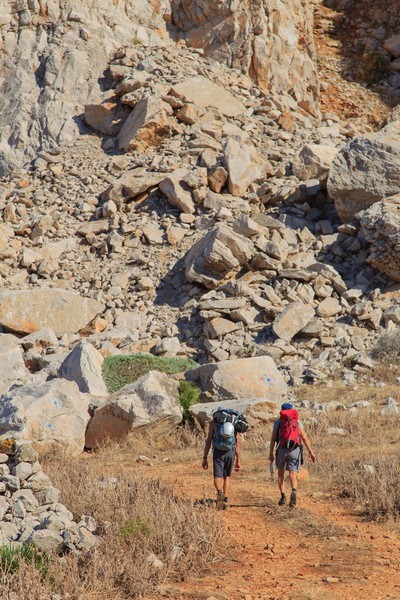9.3 Heat weathering
 Heat weathering is common in regions with warm and dry climates. It is caused by large changes in air temperature between daytime and night.
Heat weathering is common in regions with warm and dry climates. It is caused by large changes in air temperature between daytime and night.In desert regions, the days are extremely hot. During the night, the air temperature can drop down to below zero degrees Celsius.
When the Sun shines during the day, rocky surfaces are heated up drastically, causing them to expand.
When the temperature drops during the night, the temperature of the rocky surface likewise decreases. As a result, the surface of the rock begins to contract. When this process repeats itself day after day, the surface of the rock begins to crack.
Finally, the surface will break completely. This can result in landslides.